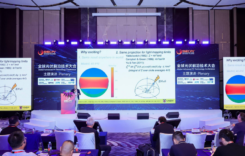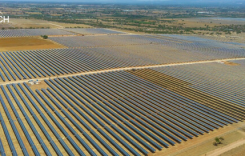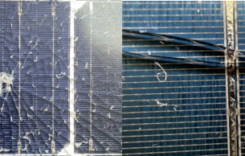PVTIME – The Republic of South Africa has unveiled its latest Integrated Resource Plan (IRP) under the auspices of the Minister of Electricity and Energy, Dr Kgosientsho Ramokgopa. The IRP sets a target of 28.7GW in new solar PV capacity by 2039 and aims for renewables to represent over 50% of the power mix by 2042. This innovative plan is the first time South Africa has excluded new coal-fired power additions from its energy strategy, outlining two-phase capacity goals for 2026-2030 and 2031-2042.

Solar PV installations are projected to nearly double from 10.3GW to 18.4GW across the phases, but wind power will see the most significant growth with 35.7GW of new capacity planned by 2042, almost five times the additions forecast for 2026-2030. The IRP’s core focus is on balancing supply and demand to ensure energy stability while optimising environmental impacts and total power costs. This is a critical priority for a nation grappling with grid fragility and frequent blackouts.
The deployment of Battery Energy Storage Systems (BESS) is expected to be a gradual process, with an anticipated increase from 3.7GW in the period 2026-2030 to 5.8GW in the subsequent decade, reaching just over 8% of the energy mix by 2042. However, the primary role of these systems is not to serve as a key stabiliser for the grid. Grid constraints have already had a negative impact on progress under the sixth round of the Renewable Energy Independent Power Producer Procurement Programme (REIPPP). Only 860MW of solar capacity was awarded, far below the 4.2GW target, while none of the 3.2GW wind proposals secured approval.
The focus on solar and wind energy, along with the absence of new coal support, will drive a significant energy transition. By 2042, solar, wind and hydropower will account for over 50% of South Africa’s total power supply, in line with the South African Renewable Energy Masterplan (SAREM), which aims to achieve 3-5GW of annual renewable additions by the close of the decade.
Dr Ramokgopa has proposed a “super tender window” to boost industrialisation, localization and job creation across the energy infrastructure value chain, though details on its scale and coordination with existing mechanisms like REIPPP remain undisclosed. Fossil fuels are set to maintain a significant role in the energy mix, with coal projected to account for 11% of the power generation mix by 2042. South Africa has announced plans to construct a “clean coal technology demonstration plant” by the end of the decade. This initiative aims to evaluate novel coal-fired technologies that extend beyond conventional flue gas desulfurisation methods, thereby fostering a diverse and complementary energy infrastructure.
The minister emphasised that South Africa is committed to pursuing a diversified energy mix, ensuring supply security while fulfilling its emission reduction commitments. He also highlighted that the IRP’s primary objective is to ensure energy stability, rather than limiting investments to specific technologies.

Scan the QR code to follow PVTIME official account on Wechat for latest news on PV+ES











